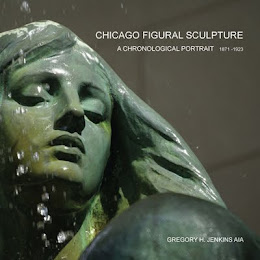I'll be on vacation thru April 8. And as I reach to TURN OFF THE COMPUTER, I realize I'm a little nervous to cut the cord. (I'll get over it, certainly.)
.
Before leaving I'd like to take a moment to refer you all to the Links at the left. They are respected online collegues. Each is to be valued for a different reason. ARCHINECT, example, succeeds with his ambitions (how many can say that?): to make architects "more connected and more open-minded....." BLAIR KAMIN presents Architecture with the full resources of the Chicago Tribune -- and Architecture needs that three column blog.. ARCHITECTURE PLUS is self-deprecating, intelligent, useful, and on occasion produces prose so good that it wouldn't matter what the subject might be.
.
I tend to be Regionalist. A DAILY DOSE tends to be broader, more engaged, with a fuller page. I lean to Architecture as Art. CHICAGO ARCHITECTURE BLOG tends to be more mercantile. I focus on detail. CHICAGO ARCHITECTURE AND CITYSCAPE can be wide-ranging and inclusive. I was ready for a mindless rail at Renzo Piano's use of scale to diminish the Sullivan Arch. HELLO BEAUTIFUL, with calmer intelligence, found Piano's homage to Sullivan in the Oriel window. I am practical to a fault. INTO THE LOOP is capable of imagining a Venusian Bubble Machine.....and blogging the most stunning visual accompaniment ever to Smetana's Die Moldau. (DO NOT MISS THE POST "Architectural Porn".) ( And follow links to the Shah Mosque in Isphahan for another stunning four minutes.)
.
My photography is precise. Lee Bey's Pullman in snow is haunting. I am entirely involved in the "Built Environment". AWFUL AND WONDERFUL remembers that there are other patterns, perhaps more important. Take time for each. Surely, each have all made me a better professional and a better person. And I look forward to knowing more.
.
See you in a week.


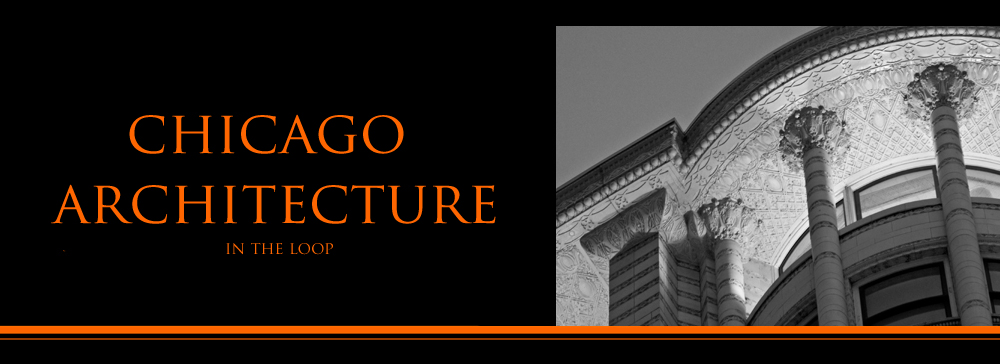







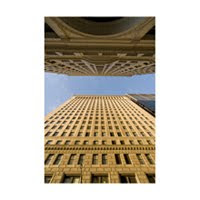

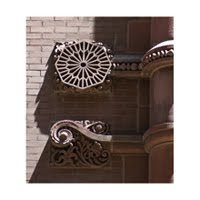

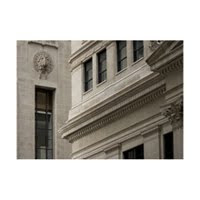
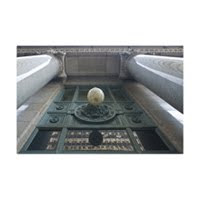
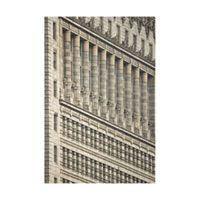




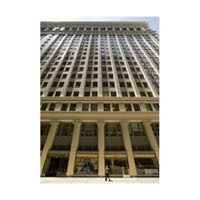
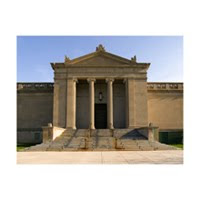
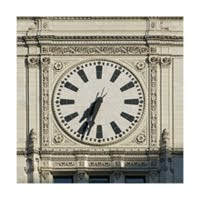

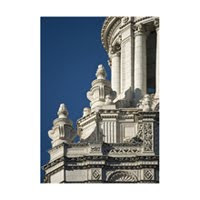

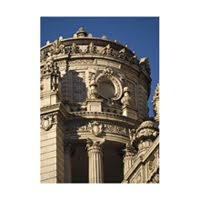


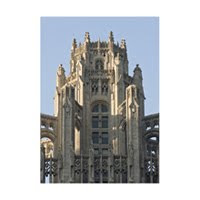
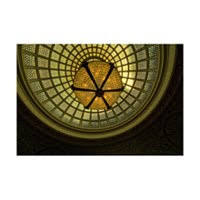







 Above: The South Stair
Above: The South Stair























